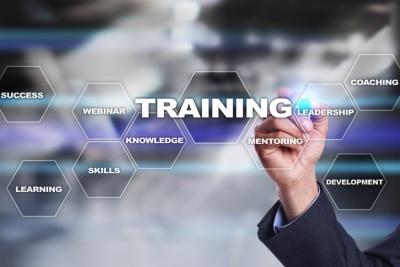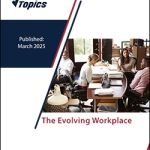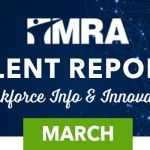A strong workforce is built on continuous employee development that enhances knowledge, skills, engagement, and ultimately, retention. At MRA, we work with members every day to create professional development training plans that strengthen workforces and produce results. Creating a training and development plan, with an eye toward organizational and individual needs, is an important strategic activity.
Where to start?
A strong organizational development plan begins with a clear understanding of where you are today and where you need to be in three to five years. Ask yourself: which skill sets are required now and which will be required in the near future? How do those differ by level and area? Are there skills you need to hire? Can you internally cultivate others?
If you haven't undertaken a formal competency planning process, doing so can help you answer these questions and gain consensus on strategies. Regardless of how you get there, it is essential to understand the skills your company needs to achieve its objectives, both today and in the near future.
What to budget?
In creating a training and development plan, the next question is often, "What is the right amount to budget?" There is no one number that makes sense for every organization. That number will depend on variables salient to your company, such as demographic shifts, retirements, competitive climate, and industry trends.
Some organizations construct their budget in levels, outlining the different training and development needs of frontline employees, managers, and leaders. Training directed at all employees could include broad organizational initiatives such as training on diversity or sexual harassment issues.
On an individual level, it is important to include specific needs of high potentials or successors. Successors for all key corporate areas should be identified and multi-year plans should be created to help them grow the skills needed in their current and potential roles. Coaching and networking can be valuable developmental tools, in addition to classes.
We often find that HR professionals attend to everyone else's development plans except their own. Professional development is important for all employees, but especially those who help shape the company. HR professionals shouldn’t forget to include themselves in opportunities to enhance their knowledge and organizational impact.
What else to consider?
The real power of training and development emerges when the concepts, behaviors and skills learned are reinforced at every turn within an organization. A strong performance management system ensures all elements work together. This means aligning your training, recognition programs, performance appraisals, and communications—both corporate and individual—so they reinforce and reward the competencies critical to your organization's success.
Finally, it's often good to re-review the data from your employee satisfaction or engagement survey. The information found within your report can be very helpful in illuminating areas on which to focus. For example, if your company has a core competency around innovation, but your employee satisfaction survey reveals that frontline employees don't feel their own supervisor supports their ideas, this could highlight opportunities to develop listening skills among managers or perhaps communication/presentation skills among frontline employees.
Want to develop a training and development plan? MRA’s training registration team can match your organizational needs with the right training. Call us at 800.488.4845 or email [email protected].



